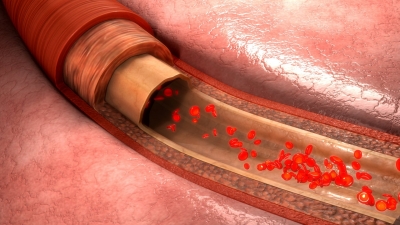
Blood is constantly moving oxygen, nutrients, proteins, and waste products around the body. Some of these help cells grow and function, others are converted into new substances, and the rest are removed from the body.
Oxygen carrier
Red blood cells contain a protein called haemoglobin. Oxygen that enters the blood in the lungs attaches to this haemoglobin and is later released into the body’s tissues. It is haemoglobin that gives blood its red colour – and the more oxygen haemoglobin carries, the brighter red it becomes.
When red blood cells pass through the lungs, haemoglobin binds with oxygen. Red blood cells carrying oxygen travel where they are needed in the body. When the red blood cell arrives at its destination, the haemoglobin releases oxygen.
Transport superhighway
The bloodstream provides an efficient delivery service, delivering essential fuel and oxygen to cells, and at the same time taking away waste and toxins to keep cells and tissues healthy.
Oxygen
Red cells pick up oxygen in the lungs and deliver it to all the cells in the body.
Nutrients
Nutrients enter the blood from the digestive system and are delivered around the whole body.
Water products
Water is delivered to the liver for recycling or to the kidneys to be made into urine.
Hormones
The blood delivers chemical messengers, called hormones, to specific destinations.
Body defences
White cells are carried to fight germs. Platelets are delivered to wound sites.
Carbon dioxide
Carbon dioxide made by cells is delivered to the lungs to be breathed out of the body.
Picture Credit : Google



